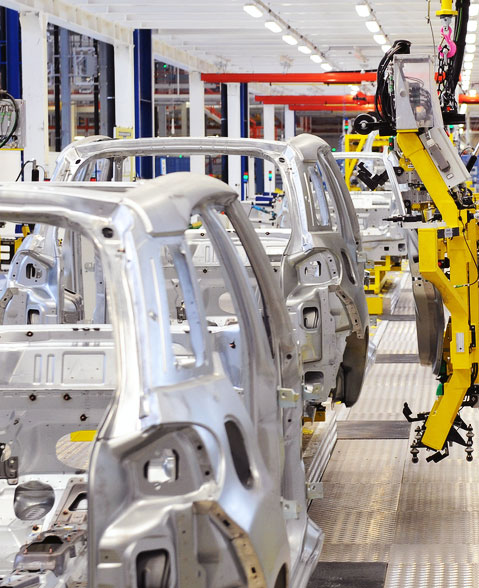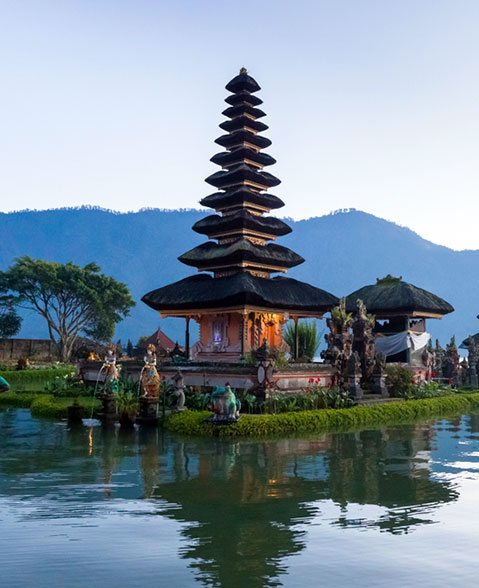
Manufacturing
With a contribution of about 22% to the GDP, manufacturing plays an important role in the development of the Indonesian economy. By far the biggest sector is the food & beverage manufacturing followed by metal goods, electronics, transport equipment, chemicals, pharmaceuticals and apparel. The change of private-customer habits which has a big impact on consumer goods consumption, will definitely also lead to increased capacity in the production of these goods. To push the domestic industrialization to a GDP contribution of 30% by 2035, it has released several policy packages. As special focus is the support of export-oriented industries to increase employment and positively influencing trade balance.

Automotive
Indonesia is the biggest car market in southeast Asia. Local car sales over the last years is developing around 1Mio to 1,2Mio cars / year. The dominant players in Indonesia are Japanese car makers. Their German counterparts (VW, BMW, Mercedes) have stepped up considerably over the last years and installed and expanded their local assembly lines. The development of the main car manufacturers attracted many sub-suppliers to this industry to invest in local manufacturing plans as well. Currently, the low per capita car ownership combined with the fast-growing middle class, the big car makers investing heavily to expand their local production capacity.

Fast moving consumer goods
While the Indonesian overall economy grew about around 6% each year over the last decade, fast moving consumer goods increased by double digits over the same period. Rising personal income are moving millions of Indonesians into the middle class every year. Consumer goods are among the first items they spend more money on. Studies show, that Indonesians attach much more importance to brands than other consumers of any nation at this stage of development do. Form this brand awareness, international companies like Unilever, L’Oreal or Nestle (with them Firmenich and Givaudan) clearly can benefit and realize over-proportional growth in revenue.

Tourism
Indonesia as a tourist destination has lots to offer – beautiful countryside, interesting culture, beaches, top-class hotels/resorts and much more. Although the number of foreign visitors is continuously growing, the 10Mio foreign visitors (2017) per year is considerably lower than its neighbouring countries Singapore, Malaysia or Thailand. Beside of the well-developed destinations such as Bali, other regions carry a high potential. Opening-up new destinations will need to get along development of infrastructure, which is clearly a policy of the current government.
